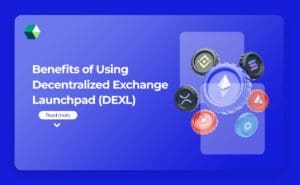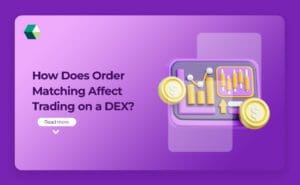Let’s understand how DEXs are restructuring trading with peer-to-peer models, automated market makers, and cross-chain interoperability. We have explained all in our technical guides.

Synthetic Assets are financial instruments designed to mimic the value of real-world assets, such as stocks, commodities, or currencies,…

Swap exchanges are essential platforms that allow users to trade one digital currency for another. This blog will…

Slippage is a critical concept for traders on Decentralized Exchanges (DEXs) to understand. It refers to the difference between the…

The concept of a Decentralized Exchange Launchpad (DEXL) is gaining considerable attention in the ever-changing realm of blockchain development. A…

Order Matching is a critical component of trading on DEXs. It involves pairing buy and sell orders to…

Multisignature wallets are a big step forward in blockchain security. Unlike regular wallets that only need one key to…

Decentralized Autonomous Organizations (DAOs) are like online communities that manage and make decisions about decentralized exchanges (DEXs). These organizations…

Liquidity siphoning in decentralized exchanges (DEXs) occurs when a substantial portion of liquidity is withdrawn, often due to…

A clear understanding of liquidity fees is essential for both traders and liquidity providers in the ever-changing realm…